JU in full bloom
Summer is here: loud, dusty, and relentless. The days feel longer, the sun sharper, and the air heavier. Across much of the country, people stay indoors, trying to escape the heat. But on the campus of Jahangirnagar University, the season sings a different song.
Here, summer doesn't just bring sweat and sunburn -- it brings colour.
Walk down any path, and you'll find bursts of red, purple, yellow, and white peeking through the trees and along the brick walkways.
Krishnachura (Royal Poinciana/Delonix regia) trees set the sky on fire with their blazing red blooms, while Jarul (Pride of India/Lagerstroemia speciosa) softens the scene with waves of lavender and purple. Sonalu (Golden Shower Tree/Cassia fistula) flowers hang like golden chains, while Konokchura (Yellow Flamboyant/Peltophorum pterocarpum) flashes yellow like little suns on branches. Meanwhile, Kathgolap (Frangipani/Plumeria), with its gentle white blossoms and sweet fragrance, blooms quietly in corners.
A closer look across campus makes the picture even richer. At places like the Women's Dormitory Road, Chourangi, VC Chattar, Teachers' Club, Munni Chattar, Paribahan Chattar, Bottola, and in front of the Social Sciences Faculty Building -- Krishnachura, Cassia javanica (Pink Shower Tree), and Sonalu seem to rule the landscape.
Meanwhile, in quieter corners like Shantiniketan, Switzerland, and along the pond beside Maulana Bhashani Hall, Jarul trees bloom with such deep purple intensity that the whole scene turns poetic.
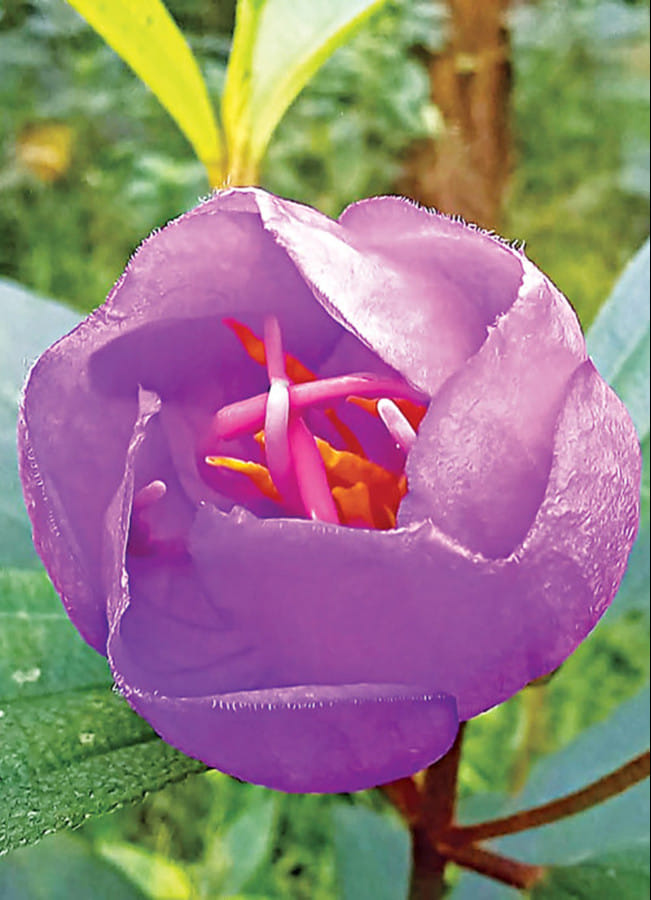
"Sitting by the Jarul-lined pond helps me forget the heat," says Ishtiak Ahmed Ratul, a history major and residential student of Maulana Bhashani Hall. "It's like a built-in stress-relief spot."
Down by the pond in front of the Zahir Raihan Auditorium, Konokchura flowers reflect so vividly on the water that it almost looks like a turmeric fair has come alive. The branches above shimmer like fireflies caught in midday sun. To the right, the Shaheed Minar stands surrounded by these "golden princesses," their blooms forming a gentle halo around the memorial.
"Every time I pass here, I find myself pausing just to take a photo," says Sanjida Khanom, a journalism student. "Sometimes I don't even realise I've stopped walking… it just draws you in."
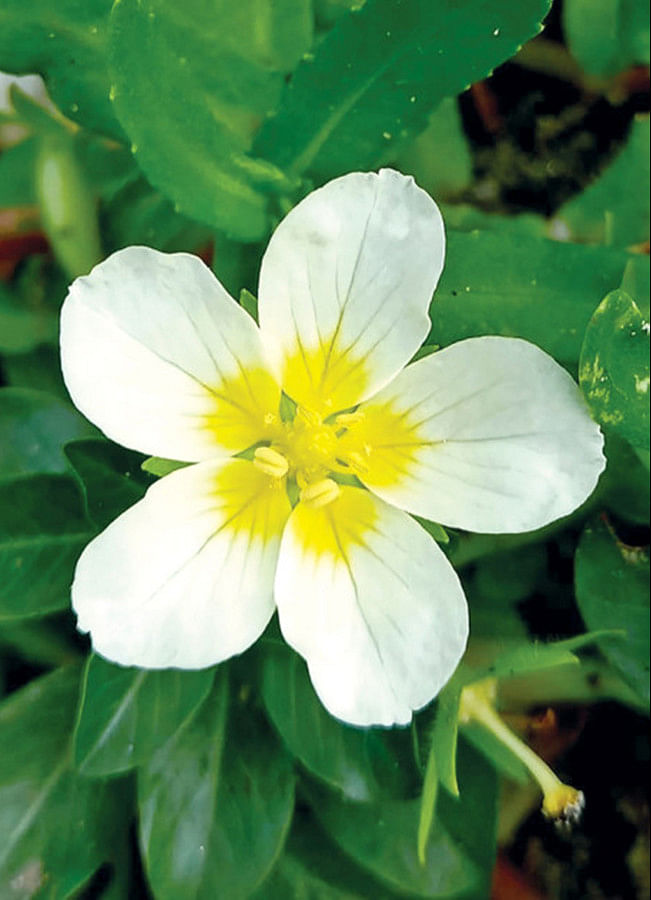
"Jahangirnagar University offers exactly the kind of environment that plants need to thrive".
Over at Murad Chattar, the air smells of freshly brewed tea and warm sunlight. You might be sipping from a small cup beside the new Arts Faculty building when a few Konokchura petals drift gently down and land on your saucer. From the new Administration Building all the way to AFM Kamal Uddin Hall, these yellow blossoms line the campus paths like golden guardians.
"Even though it's summer, my tea sales are doing better than expectations. Who wouldn't want to enjoy a cup while soaking in the beauty of this place?" says Md Kalam, who runs a tea stall right under a Konokchura tree.
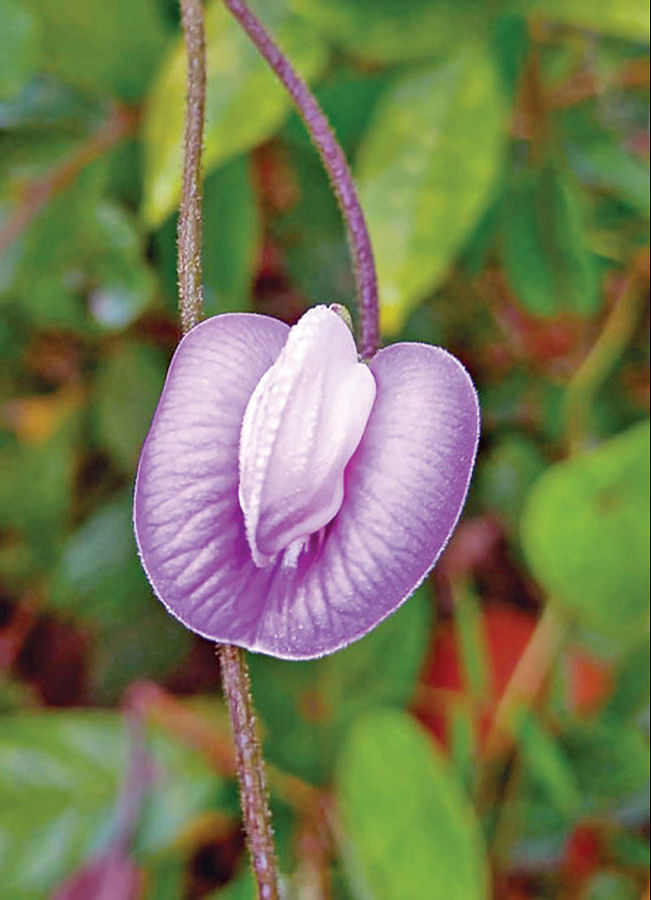
Outside the Social Sciences Faculty, right past the main gate, there's a tree that always catches the eye. Its flowers (some pink, some white) cover the branches like quiet confetti. Students often slow down here, not for photos, but just to walk under the shade. Similar trees stand proudly outside the Computer Science and Engineering Building and Shaheed Salam-Barkat Hall. Their pink flowers are already drawing eyes and cameras.
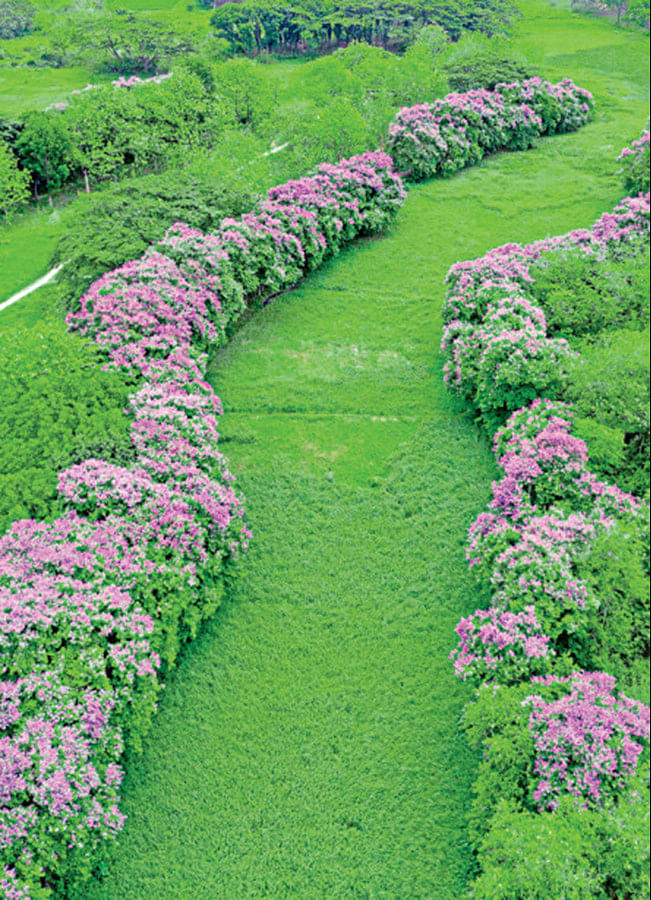
"I never knew so many shades of pink existed," says Ikramul Hasan Nayeem, a computer science student. "But these trees show me something new every day."
These are Cassia renigera (Rainbow Shower Tree) and Cassia javanica. They also bloom side by side in yellow and pink near the Jahangirnagar School and College entrance and at Chourangi. Their contrast is joyful, elegant, and unmistakably summery.
And if you wander even further, you'll find more: Jaba (Hibiscus) in bold reds, Sonalu in rich gold, fragrant Baganbilas (Bougainvillea) in pinks and purples, and pure white Kathgolap lining the quiet roads near Begum Khaleda Zia Hall. Students walking by often pick up fallen Kathgolap petals to tuck behind their ears.
"It's my little way of carrying campus beauty with me," says Sabikunnahar Shifa, a residential student of Begum Khaleda Zia Hall, smiling as she adjusts a petal behind her ear.
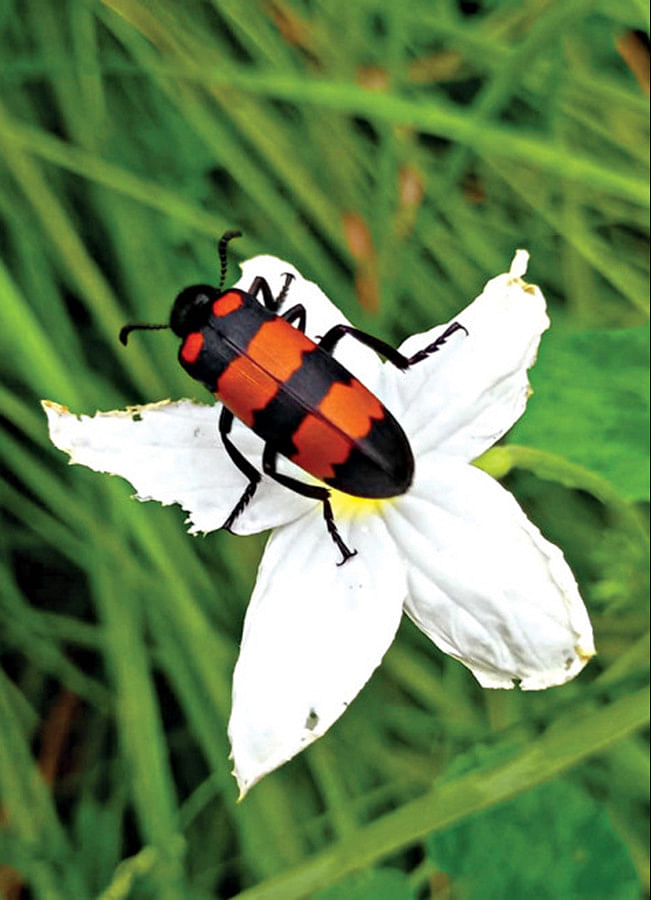
Professor Dr Amir Hossain Bhuiyan of the Environmental Science Department told The Daily Star, "Jahangirnagar University offers exactly the kind of environment that plants need to thrive. In addition, we planted high-quality trees here in a planned way… arranged in rows, ensuring that different species bloom in different seasons. That's why the campus always looks colourful, no matter the time of year. We also plan to plant even more flowering trees."
But while the flowers keep blooming, a quiet sadness is also in the air.
Bit by bit, Jahangirnagar University is losing pieces of its natural beauty. Over the years, thousands of trees have been cut down. Several lakes have vanished, filled in to make way for buildings, roads, and construction. The campus is expanding. New structures rise, new facilities are built, and progress marches on. But with each tree lost, with each lake vanished, something gentle slips away. The songs of birds grow quieter. The shade becomes a little harder to find.
Associate Professor Mir Masudul Alam, an alumnus of the International Relations Department who has spent the last six years photographing wildlife on campus, reflects on the changes.
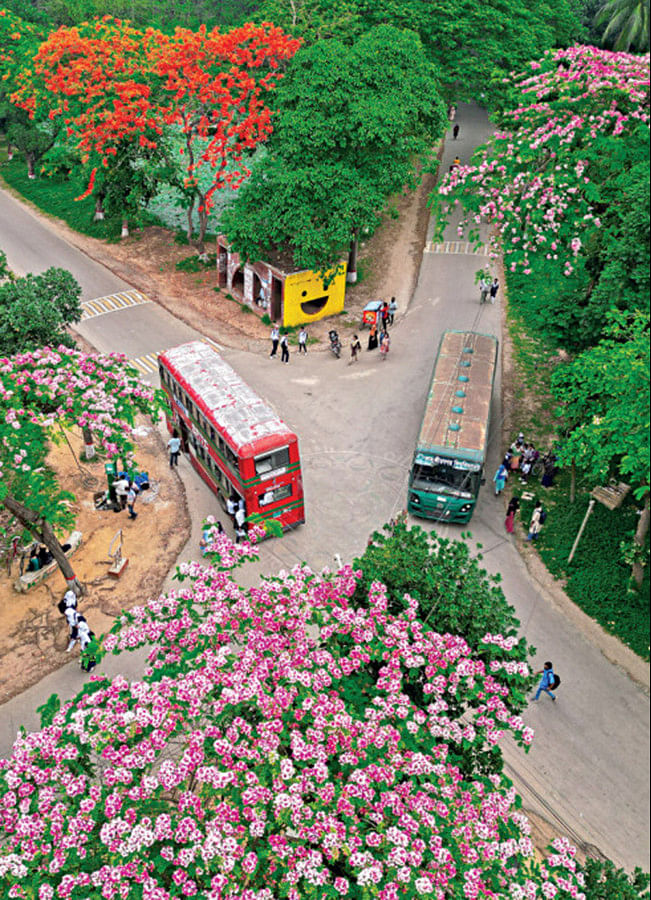
"Back in our university days, there was more room for wild plants and animals. Even in 2019, I used to find indigo flowers and wild vines in places that are now gone because of new construction," he says. "There was a forest and a lake beside where the new library is being built. That lake used to have blue water lilies. There were musk mallow vines, terrestrial lotus and even butterfly pea. It was wild and alive."
"JU is still beautiful, no doubt. But twenty years ago, it was something else. More flowers, more colours, more lakes. Even the air felt different. I still carry those memories. And yes, I miss it."
For now, Jahangirnagar still blooms. The trees haven't stopped flowering, and the breeze still carries petals down quiet paths. Students still pause to take photos, to breathe, to feel. But those who've been here longer notice the slow changes -- the quieter lakes, the disappearing shade, the gaps where old trees once stood.

 For all latest news, follow The Daily Star's Google News channel.
For all latest news, follow The Daily Star's Google News channel. 



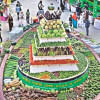


Comments